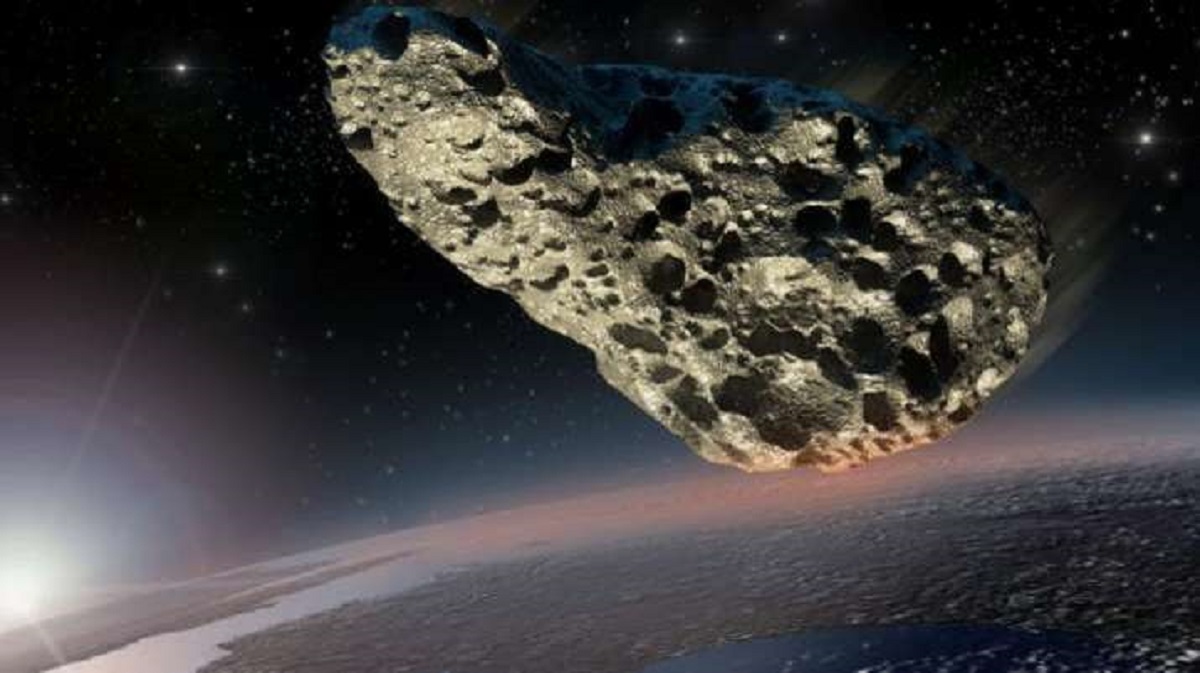New-found asteroid 2021 SG is some four times larger than the 17-meter (18-yard) space rock that disintegrated over Chelyabinsk, Russia, on February 15, 2013. The Chelyabinsk meteor created a shock wave that broke windows in six Russian cities. It caused some 1,500 people to seek medical attention, mostly from flying glass. But newly found asteroid 2021 SG didn’t hit.
It just passed close, at only about half the distance from Earth to the moon, last week. Astronomers finally picked up the asteroid – discovering it for the first time – a day later on September 17, 2021. They were using a large telescope, the 48 inch (1.2 meters) telescope at Mount Palomar in California. Why didn’t they spot it sooner? Because it came from the direction of the sun.
An analysis of its orbit indicates that asteroid 2021 SG was closest to Earth on September.
If it entered our atmosphere, an asteroid as big as 2021 SG would produce a huge, very impressive meteor. Asteroid 2021 SG isn’t just big. It’s also a fast-moving asteroid, traveling through space at the amazing speed of 53,281 miles per hour (85,748 km/h or 23.8 km per second), relative to Earth. At closest approach on September 16, 2021, asteroid 2021 SG came closest to Canada and Greenland.
The orbit of 2021 SG shows it’s an Apollo-type asteroid that completes a revolution or orbit around the sun every 27 months (2.24 years). This time, it passed Earth just after just passing Mercury’s orbit.
Can astronomers detect asteroids coming from the sun’s direction?
Right now, no, they can’t. But astronomers will soon have a new tool to detect many space rocks, including those hiding in the sun’s glare. NASA is developing a new Infrared Space Telescope called the Near-Earth Object Surveyor space telescope, or NEO Surveyor. NASA expects this telescope to find 90% of near-Earth objects with diameters of at least 140 meters. An impact from an object that large could level a city. This telescope – expected to launch in 2026 – would have spotted both the Chelyabinsk space rock and 2021 SG. It should improve our planetary defense.
Meanwhile, scientists now think that a Chelyabinsk-type event might occur more frequently than previously thought. For example, another good-sized space rock passed by Earth in 2015. 2015 TB45 was about the same size as 2021 SG. Its diameter was about 2,000 feet (610 meters). It passed a bit farther, just outside the moon’s orbit. Still, in the vastness of our solar system … that’s pretty close. Astronomers spotted it three weeks.
Before the closest approach on October 31, 2015. Some radar images coincidently showed a skull-shaped space rock. And so some dubbed it the Halloween Asteroid.
What does it all mean? Perhaps that – even with astronomers watching – an impressive asteroid event is currently possible without previous warning, at any time. That would be true if the object came from the sun’s direction. But in a few years, we should all have extra protection from the new NEO Surveyor. And that fact ought to help all of us – astronomers included – feel safer!


